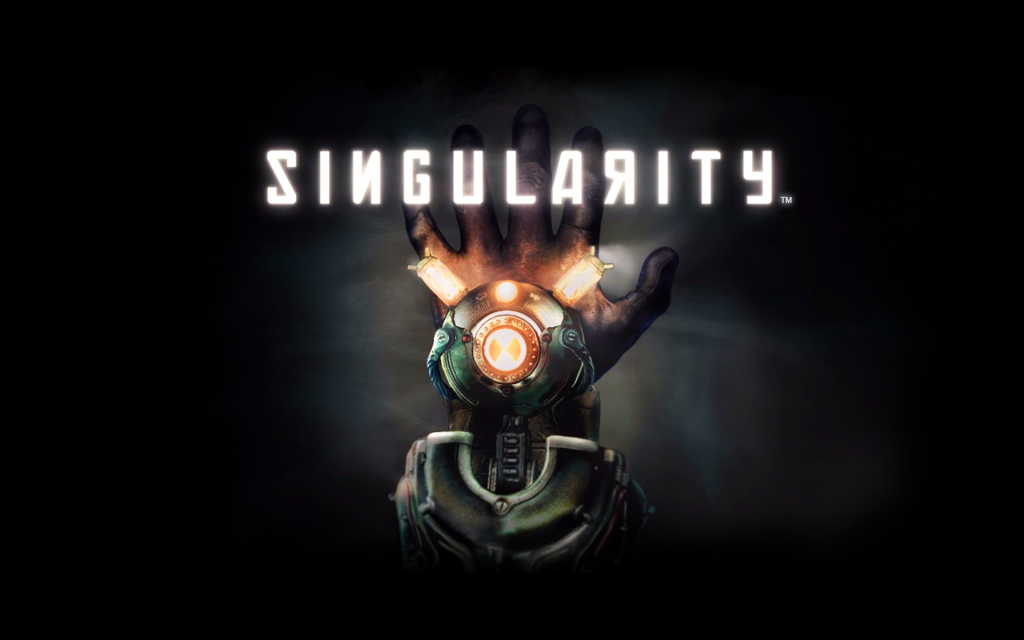Research:
Advance body mechanics can be an upgrade of body mechanics, which covers more complex animations. Characters need to interact with the surrounding environment more frequently, and a more flent actions is required.
It seems quite difficult to animate an advanced body mechanic animation (I will call it ADV animation in later parts of this research). However, the methodology of ADV animation is almost the same of body mechanic animation. We should also follow the steps like:
- 1: Find or record video reference
- 2: Blocking the animation
- 3: Polishing the animation
When making ADV animation, people should spend more time to adjust their blockings to make sure each part of the character moves correctly.
Sometimes poeple need to switch Ik and FK to get a better result of their animation. Remember to duplicate the body as a guidance so that people can match character’s body after switching IK and FK. Some characters may have seamless IK&FK switching attributes, which may accerlerate the process that I mentioned above. However, in most of situations, Ik&Fk seamless switching is achieved by using plugins or scripting (expression nodes, mel or python), which is too complex for us to learn. Therefore, mastering the first solution can be a better choice.
To sum up, ADV animation is more like a summary of foundamental animation, which requires us to use all the techniqes that we learned in the past few weeks. It is more challenging. However, it can also take our techniques to another level if we learned something from it.
IK&FK Switch
This week we learned how to rig an IK&FK switch system. The main idea is using parent constrain, creating new control parameters and then using driven key to transfer data.
I used to rig the IK&FK switch system and I find out a better way to rig this system. The main idea of this new method is transfering data by using the node editor in maya instead of setting driven keys.
Firstly, rig and blend skin, then using parent constrain to blend main skeleton, IK system and FK system.

Secondly, build out controlers, then using group to store tranfer and rotation data. Keep the controller data clean.

After that, adding IK&FK switching parameter, using node editor to transfer the output of switching data(0 or 1) to the input nodes of parent constrains and IK&FK controllers visibility node. Inverse node is applied to reverse 0 or 1.

Therefore, when switching the switch node, the visibility of IK&FK controllers and the statement of constrains will change. By using this method we can even add IK or FK font to the switch controller and control their visibilities, which can make the switch system more handy.
I also did a leg rig practice, which covers ik fk switch, 360 degrees foot controler, a followed knee controler (which let knee controler to follow when the foot is moving upward or downward) and basic skinning. You can see the final result in this short clip:
P.S.
Another common ik&fk blending rigging is using blend color node in maya, which is faster than parent constrain in calculation.
Just connect the rotation and translation information of ik and fk to the blend color RGB channel inputs and then output them to the main skeleton system. Then connect the output of ik&fk switching attribute to the input of blending to control the bias. It is a quite simple way to achieve ik&fk switching, which is much faster and easier to be understood.
Challenge 9 : Advanced Body Mechanics
This week we did advanced body mechanics, which means that the animation covers at least two actions. For example, a run&jump animation or a walk&sit animation.
I searched reference online and finally decided to make a run&jump animation. Below is my reference video:
I firstly added keyframes inside maya, then I blocked out the animation to make the animation more detailed. After that I started to smooth the animation in graphic editor and then added more details to it.
Version01: after smooth
However, I realize Version01 still has some problem. When one of the character’s foot touches the ground, the action is not quite right. I adjust the foot movements of these frames and get a second result, which is a little better:
Version02:
Atfer that I added some environment(cliff, fog, sky) in the scene to make a better rendered video. I used Redshift Render to render the final animation and added motion vector layer in AOV, which can help me add motion blur in After Effect later.
Here is the final result:
